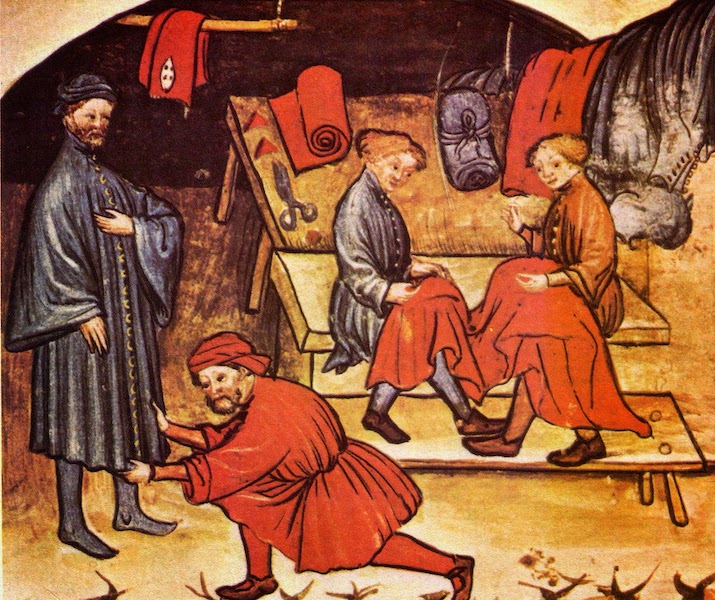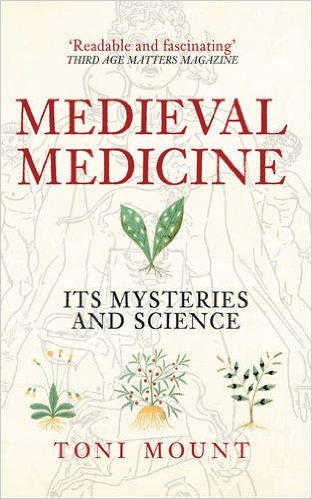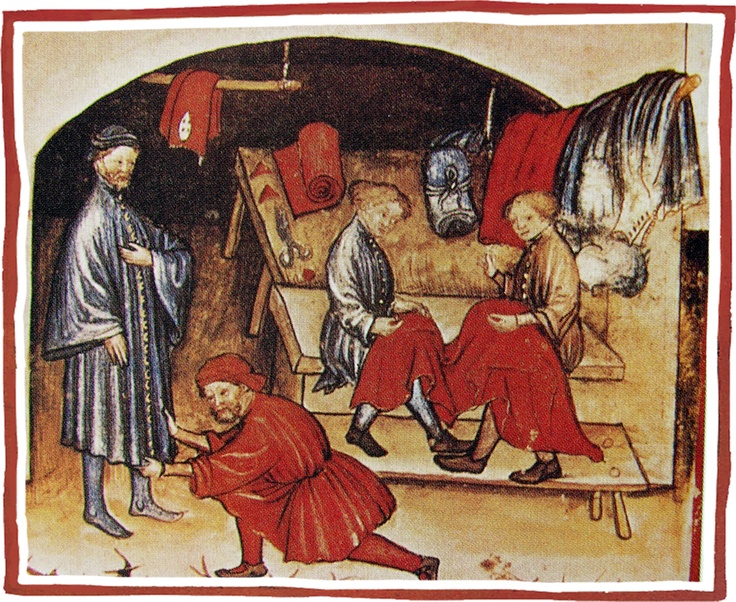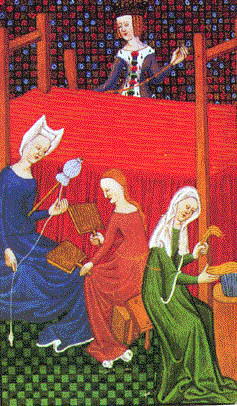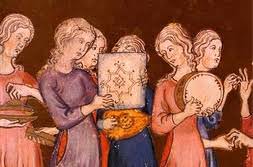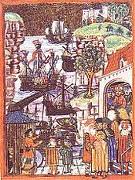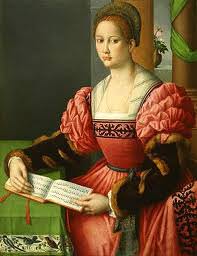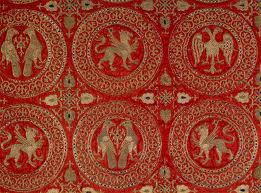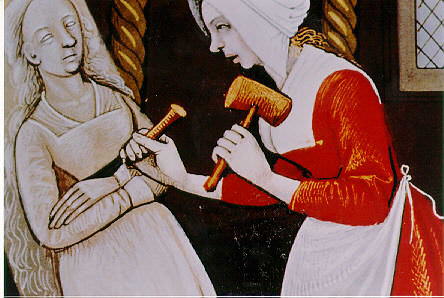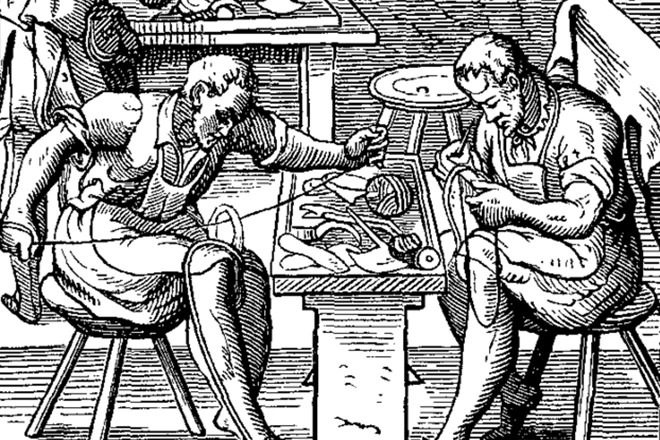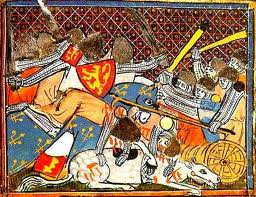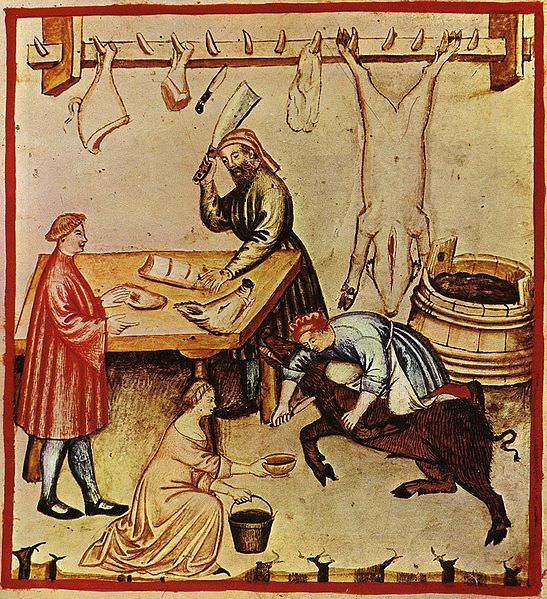The Economics of Guilds
The Economics of Guilds By Sheilagh Ogilvie Journal of Economic Perspectives,Volume 28, Number 4, 169–192 (2014) Occupational guilds have been observed for thousands of…
BOOK REVIEW: Medieval Medicine: Its Mysteries and Science by Toni Mount
Our review of Toni Mount’s fascinating look at medicine in the Middle Ages in – Medieval Medicine: Its Mysteries and Science by Toni Mount.
Origin and Creation: London Guilds of the Twelfth Century
London, as well as other towns and cities of the twelfth century, acted as the epicenter for guilds to create a regulated authority over members, monopolies, and outside merchants.
The Virgin Mary in High Medieval England, A Divinely Malleable Woman: Virgin, Intercessor, Protector, Mother, Role Model
This thesis examines the significance of the Virgin Mary in England between the late fifteenth century and early sixteenth century. The primary sources selected indicate the variety of ideas circulating about her during this period. Strictly religious texts such as the Bible and early Christian writings ground Late Medieval beliefs about Mary in their historical context.
The tailors of London and their guild, c.1300-1500
The unusually full medieval records of the guild of London tailors, known from 1503 as the Merchant Taylors’ Company, provides a rare opportunity to assess the variety of roles which these organisations played in late-medieval London.
Handspinners of the Later Middle Ages and Renaissance
The Handspinners of Paris, France: In 1270, a royal judge, Etienne Boileau, compiled “Le Livre de Metiers” (The Book of Trades) which contained the ordinances of 100 Parisian craft guilds. By consulting the surviving tax rolls of 1292, 1300, and 1313, it is possible to determine the extent to which these crafts were practiced.
Women, Gender and Guilds in Early Modern Europe
Historians of women and gender, as we might expect, have had a different point of view. In her pioneering 1919 study of women’s working lives in seventeenth-century England, Alice Clark depicted a Golden Age in the medieval period, during which women enjoyed access to skilled and profitable work.
Adventures far from home: Hanseatic trade with the Faroe Islands
he voyage to Iceland, now a major destina- tion, took about four weeks (gardiner & mehler 2007, 403; Krause 2010, 150). The Faroe Islands are situated more or less in the middle of that distance and provided a fine stop-over. The islands were an additional market for their trade business and in case of storms offered a safe and most welcome shelter.
Shifting Experiences: The Changing Roles of Women in the Italian, Lowland, and German Regions of Western Europe from the Middle Ages to the Early Modern Period
Specifically, the thesis compares and analyzes the changing roles that women could employ economically, politically, socially, and religiously.
“How Could You Recognise a Member of the Merchant Guild in Saint-Omer around 1100?”
This is another summary of a Haskins conference paper given in the session entitled: SESSION II: Who Do They Think They Are?. It deals with the customs of the guild of Saint-Omer
The fabric of society: The organization of textile manufacturing in the Middle East and Europe, c. 700 – c. 1500
In recent years several attempts have been made to use institutional theory to explain this divergence between the Middle East and Europe. Most of these attempts focus on the organization of international trade.
From Jongleur to Minstrel: The Professionalization of Secular Musicians in Thirteenth- and Fourteenth-Century Paris
This study asks: how did jongleurs professionalize over the course of the thirteenth and fourteenth centuries and incorporate themselves into society as legitimate, productive members?
Gender Equality in Wage Labour Relations: the example of statutory regulation in late medieval and early Tudor England
The first question, not yet raised in labour historiography, is about the impact of wage labour relations on gender equality.
The second question is related to the first one: what role did women play as protagonists of wage labour relations.
Guilds in late medieval Flanders: myths and realities of guild life in an export-oriented environment
The opinion of historians on the social and economic role played by guilds in late medieval and early modern cities has changed considerably throughout the last century.
The politics of factional conflict in late medieval Flanders
In his influential study on political factions in medieval Europe, Jacques Heers demonstrated the importance of factionalism in the political life of the middle ages, at the level of cities and regions as well as at the ‘national’ level.
The Middle Ages on the block: animals, Guilds and meat in the medieval period
Understanding the place of butchery in the medieval period requires a more in depth appraisal of the place of animals in medieval English culture. Fortunately, this period is perhaps one of the most interesting in terms of the lines of information available for this assessment. The rich historical evidence has led to research detailing the manufacture and uses of tools; the animals acquired and eaten in a number of different social contexts and accounts relating to the organisation of butchery.
